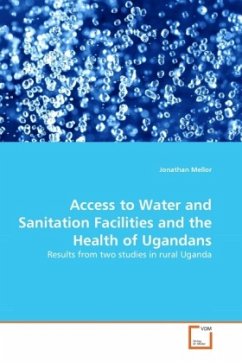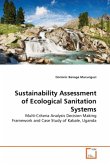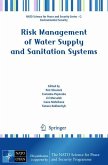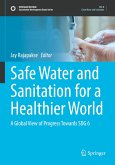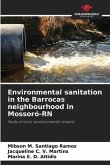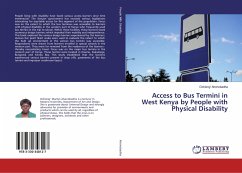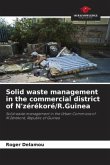Lack of access to water and sanitation facilities is a hindrance for the development rural Uganda. Poor access to water forces Ugandans to spend a large amount of time collecting water. Access to other sanitation facilities has a impact on the health of young children. This book looks at these problems using the results from 2 studies. The first looks at household water usage as a function of collection effort by surveying 1500 residents in 3 districts of Uganda about water use and collection time and distance. It found no correlation between water use and collection effort. Respondents use around 15 liters per person per day regardless of collection effort. Secondly, a study called "What Works Best in Diarrheal Disease Prevention" investigated the effectiveness of 5 different water and sanitation interventions in reducing diarrheal disease amongst children under 5 by surveying 5 communities before and after improvement implementation. It found that household water treatment devices provide the best means of preventing diarrheal diseases. This is likely because water often becomes contaminated before it is consumed even if it was collected from a clean source.
